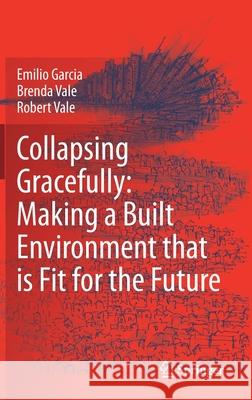Collapsing Gracefully: Making a Built Environment That Is Fit for the Future » książka
topmenu
Collapsing Gracefully: Making a Built Environment That Is Fit for the Future
ISBN-13: 9783030777821 / Angielski / Twarda / 2021 / 310 str.
Collapsing Gracefully: Making a Built Environment That Is Fit for the Future
ISBN-13: 9783030777821 / Angielski / Twarda / 2021 / 310 str.
cena 181,55
(netto: 172,90 VAT: 5%)
Najniższa cena z 30 dni: 173,46
(netto: 172,90 VAT: 5%)
Najniższa cena z 30 dni: 173,46
Termin realizacji zamówienia:
ok. 22 dni roboczych
Bez gwarancji dostawy przed świętami
ok. 22 dni roboczych
Bez gwarancji dostawy przed świętami
Darmowa dostawa!
Kategorie:
Kategorie BISAC:
Wydawca:
Springer
Język:
Angielski
ISBN-13:
9783030777821
Rok wydania:
2021
Wydanie:
2021
Ilość stron:
310
Waga:
0.63 kg
Wymiary:
23.39 x 15.6 x 1.91
Oprawa:
Twarda
Wolumenów:
01
Dodatkowe informacje:
Wydanie ilustrowane











